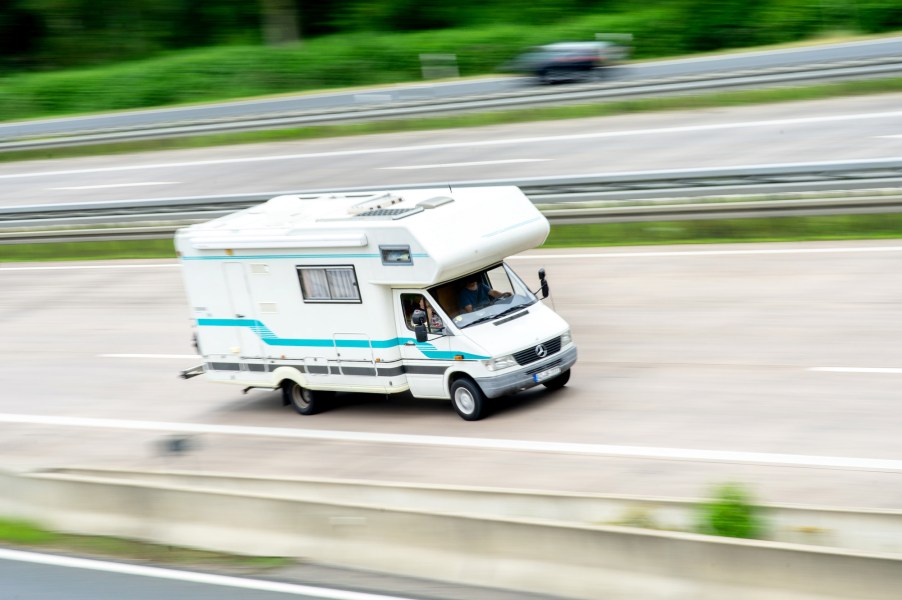
7 RV Trip Planning Tips to Improve Long Road Trips
RVs are the ultimate road trip vehicles. You can essentially sleep when you want, drive when you want, and hit a few cool camping spots on the way to your destination. However, a successful long road trip depends on planning. Here are seven RV trip-planning tips to make sure you get it right.
1. Do your research on where you’d like to visit

If you’re planning a long RV road trip with several site visits, it’s good to be prepared. You can research the best seasons and even days or times to visit and make your plan based on that. Often, the research involves internet searches, although asking friends and acquaintances for recommendations might also reveal hidden gems.
2. Plan the route

Now that you know where you want to visit, it’s time to plan your route for efficiency. Google Maps is your friend. You don’t want to have to zigzag from place to place. Instead, a clear course should make your long RV road trip more manageable. Sometimes that means giving up specific sites.
Regarding the sites you want to visit, booking ahead might also make sense. According to Winnebago, your route should include potential water fills, dump stations, and overnight options. Finding gas stations along the way gives you a better idea of when to fuel up. After all, you might end up in a rural area with no service station.
3. Create a rough itinerary for your day-to-day activities
Once you set your route, add an itinerary for how long you’ll spend at each road trip stop. For instance, you can set aside several hours for a hike or less for a museum visit. Include enough time to enjoy the site instead of rushing through.
It’s also best to allow for flexibility in your itinerary because things don’t always work out the way you planned. You might find yourself in slow traffic, or certain factors might delay your getting to a destination. Even weather can make visiting specific sites pointless, so check the local weather forecasts. Alternatively, you might stop at more destinations depending on how well a particular day or week is going.
Also, use the 3/3/3 RV road trip rule, where you plan for a break after every three hours of driving, drive less than 300 miles a day, and, if you’re a camper, arrive at campsites before 3 p.m.
4. Add downtime to your plan
Driving all day for several days or weeks can be exhausting and a recipe for disaster. So add some free days to sleep in instead of cramming your road trip timetable with activities.
Even if you enjoy working, you sometimes need a weekend to recharge, and it’s the same for extended RV road trips. After all, you want to ensure you have enough energy to enjoy the sites you visit.
Ultimately, dividing extended RV trips into legs is ideal for allowing multiple breaks.
5. Do a safety check
Don’t just pull out your RV after several months of no use and start driving. Ensure the tires, engine, etc., are in good condition. Also, inspect the interior, and pack an emergency kit. And take your rig to a service center if necessary.
There are several other RV tips to remember before getting on your way, such as having a departure checklist, ensuring propane valves are off, and packing some form of entertainment.
In addition, share your route with someone else, like your parents or a friend, and check in with them regularly as you travel.
6. Plan for meals and meal prep ahead of time
You might have to cook in your RV or at a camping station during your long road trip. In that case, it’s best to plan for your meals. You can prep your ingredients at home and store them in the RV refrigerator for a few days to make cooking less time-consuming on the trip.
7. Work with a budget
Last, the cost of your long RV trip can get out of hand if you’re not careful. Plan out your expenses so you know how much you’ll spend on the way. Additionally, bring some cash for miscellaneous expenses and emergencies.


